I did a comparison of the main 2024 Satellite Communicators and intentionally did not include this unit from Motorola.
It should be pointed out it is CHEAP, with Amazon selling them for $117, it is roughly 1/2 the price of the $200 Zoleo or $249 Spot X.
GearLab considers the exposed SOS button a deal breaker.
The reliability has not yet been proven. That is my biggest deal breaker.
Battery life is fairly short too.
SKYLO Satellite service is innovative and unusual, brokering together different satellite services to connect the system, but very little detail is given and I could not find much about the service or coverage.
So maybe not ready for prime time yet, but Motorola is a powerhouse company and it is likely they will upgrade the product. Time will tell if it is reliable, but as it's so new we don't have that data yet. So I excluded it from the list in the other threads, but I do think it warrants discussion.
LINK TO GEAR LAB
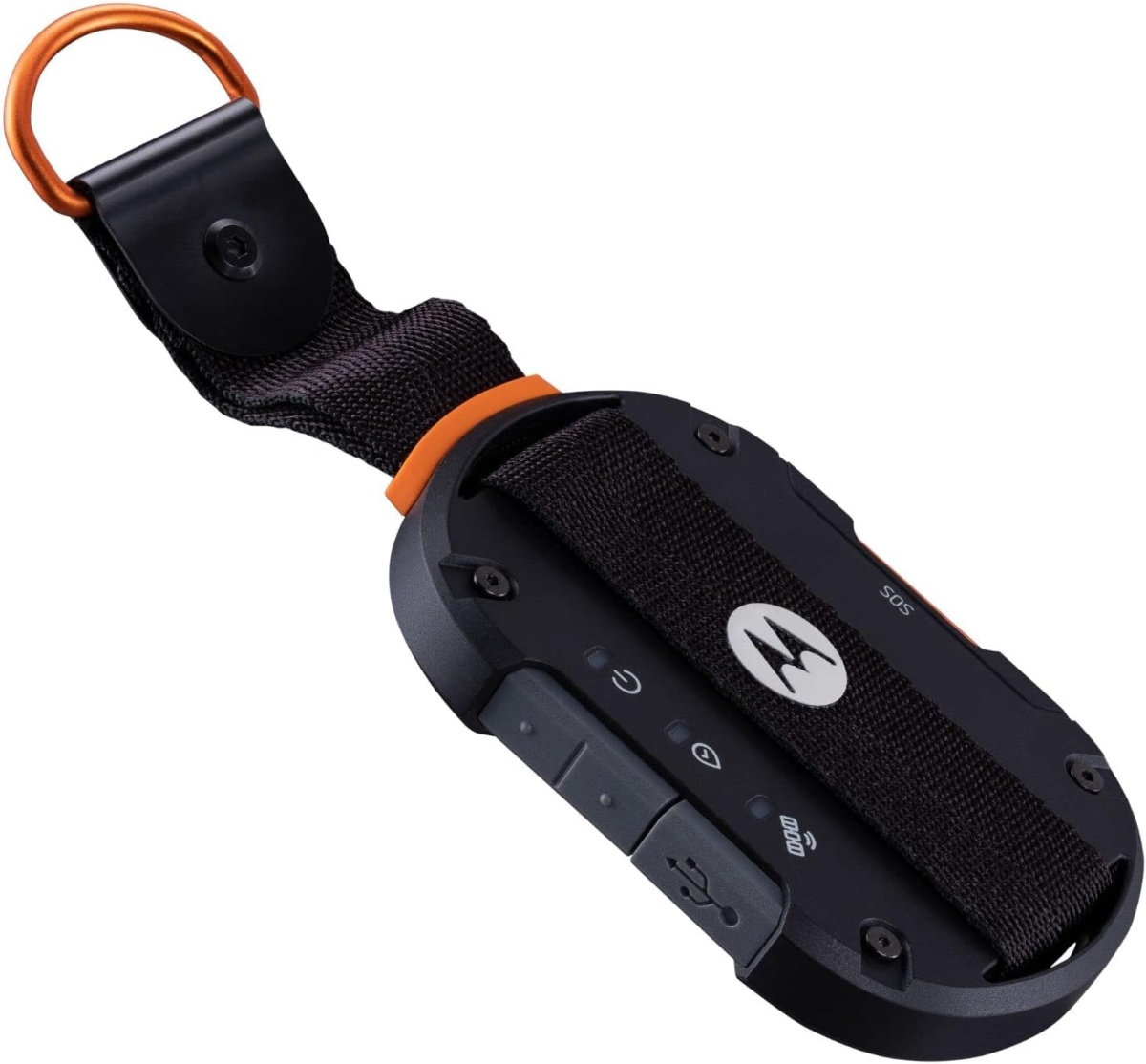
 www.outdoorgearlab.com
www.outdoorgearlab.com
" data-reader-unique-id="11" style="color: rgb(65, 110, 210); max-width: 100%;">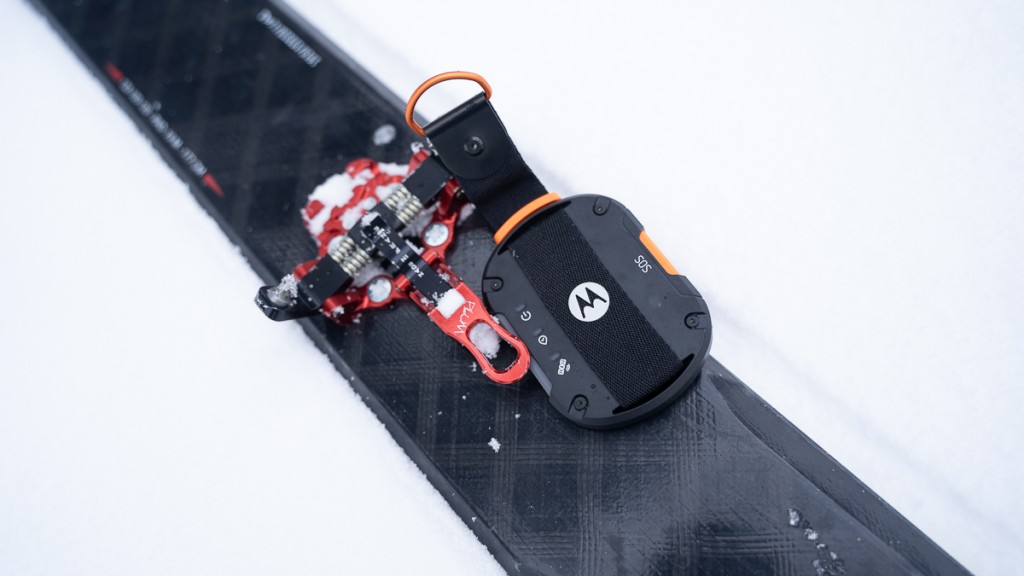
" data-reader-unique-id="25" style="color: rgb(65, 110, 210); max-width: 100%;">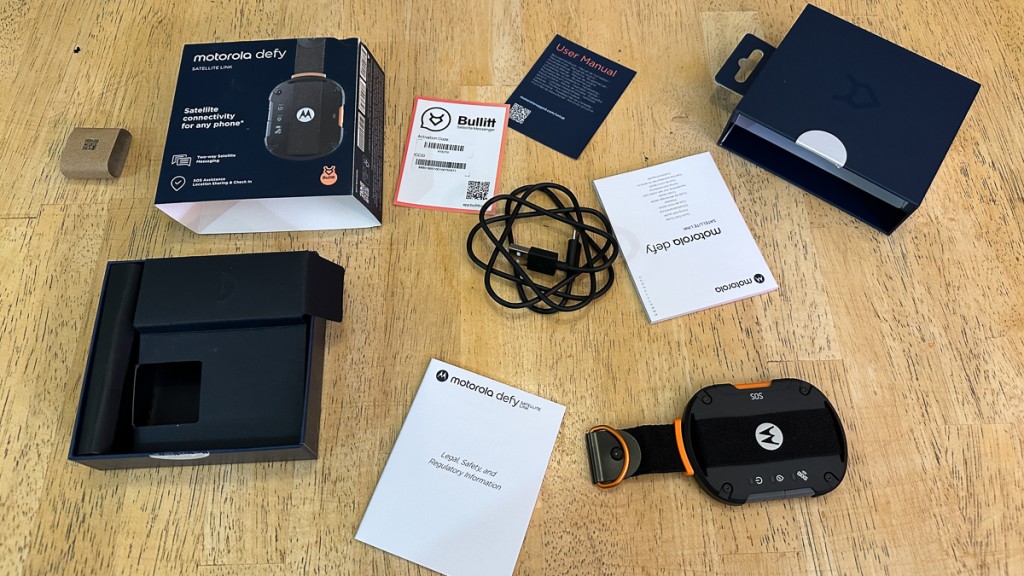
" data-reader-unique-id="52" style="color: rgb(65, 110, 210); max-width: 100%;">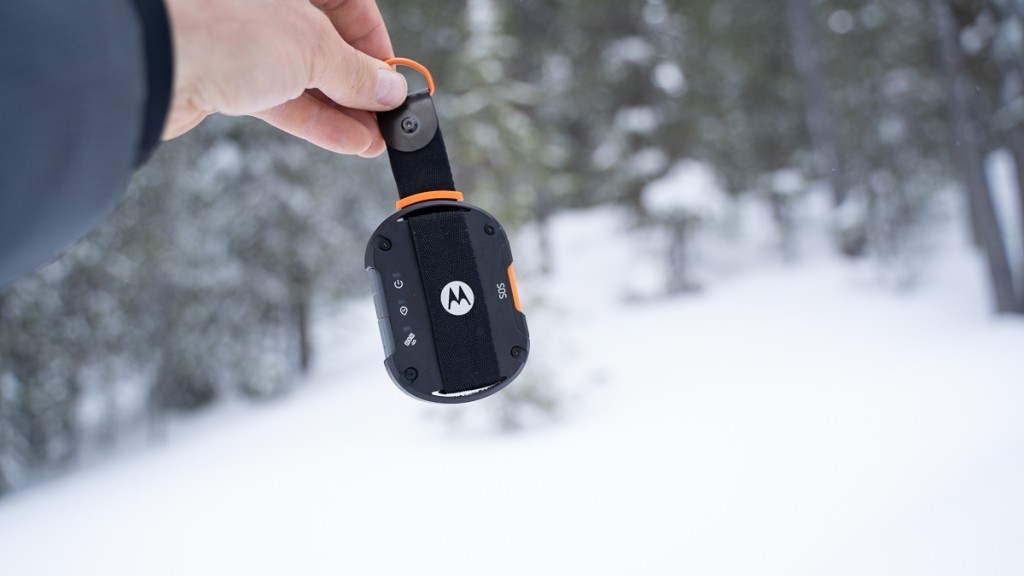
" data-reader-unique-id="62" style="color: rgb(65, 110, 210); max-width: 100%;">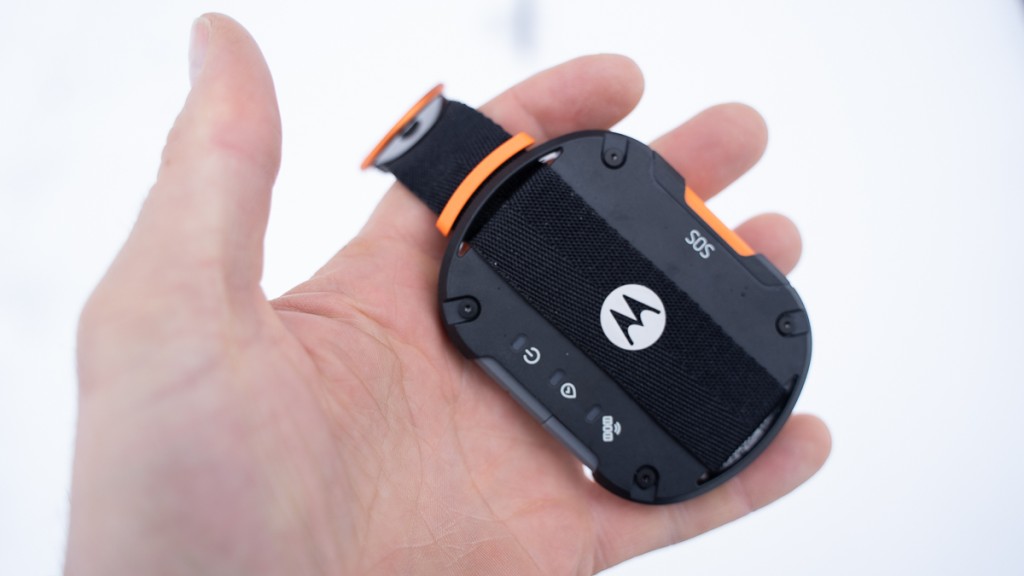
" data-reader-unique-id="88" style="color: rgb(65, 110, 210); max-width: 100%;">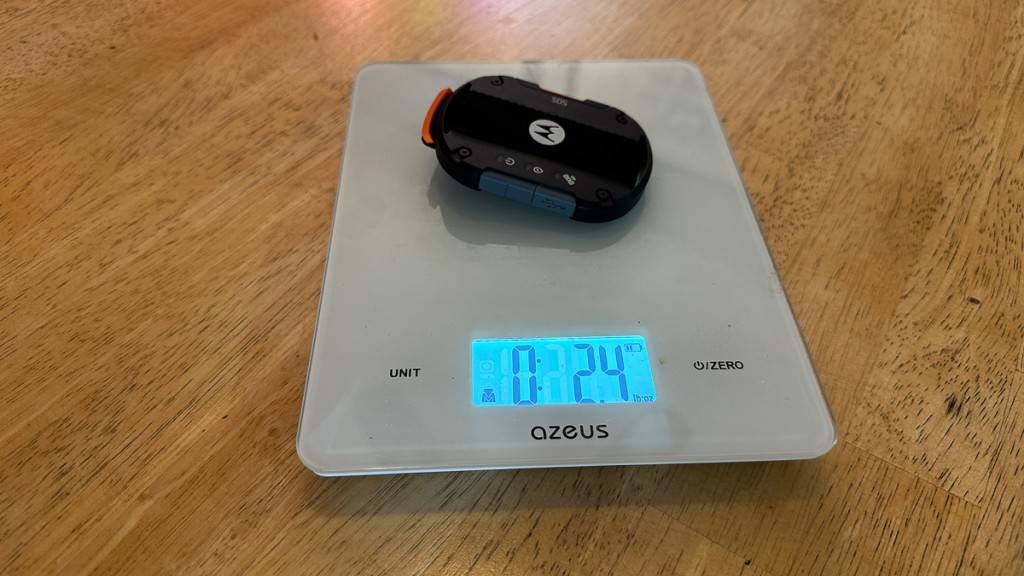
It should be pointed out it is CHEAP, with Amazon selling them for $117, it is roughly 1/2 the price of the $200 Zoleo or $249 Spot X.
GearLab considers the exposed SOS button a deal breaker.
The reliability has not yet been proven. That is my biggest deal breaker.
Battery life is fairly short too.
SKYLO Satellite service is innovative and unusual, brokering together different satellite services to connect the system, but very little detail is given and I could not find much about the service or coverage.
So maybe not ready for prime time yet, but Motorola is a powerhouse company and it is likely they will upgrade the product. Time will tell if it is reliable, but as it's so new we don't have that data yet. So I excluded it from the list in the other threads, but I do think it warrants discussion.
LINK TO GEAR LAB

Motorola Defy Satellite Link Review
The Motorola Defy Satellite Link is the smallest two-way satellite device we have tested. It is also, including the required subscription service, the...
Motorola Defy Satellite Link Review
An innovative, compact, non-standard entry to this category of equipment. The exposed SOS button is a deal breaker; it seems way too vulnerable to inadvertent emergency triggering
Credit: Motorola
The Motorola Defy Satellite LInk is innovative and unique when comparing it to other products purpose-built for the outdoor market, mainly by outdoors-focused companies. We love that it is tiny. It is also far less expensive to purchase and use than other options. We have two reservations that prevent us from giving it an award. Both may be readily addressed with further testing and a minor redesign or aftermarket parts. First, the "Skylo" satellite service is unfamiliar and new. It could work well with the other satellite services we have used, but we don't yet have enough information to confirm that. Next, the exposed SOS button on the Defy device is unacceptably vulnerable to accidental triggering. Motorola (or, more accurately, the designer/manufacturer called Bullitt. Bullitt licenses the Motorola brand for this product) could readily add a simple cover for this button to allow us to test and recommend it more heartily. The aftermarket tinkerers are responding; late in our testing, a Google search reveals at least one open-source 3d printing file for a case that should cover the button until SOS service is needed. We used our testing for our best 3d Printer review as an excuse to print this cover and are now testing it in the field. We will report back on our findings.
Performance Comparison
Regardless of how you tromp the wilderness, be aware of the limitations of any communication technology and how your chosen device and service compares to the other options. Nothing is perfect, but some are far better than others. After initial testing, we cannot highly recommend the Motorola Defy.
Credit: Jediah Porter
" data-reader-unique-id="11" style="color: rgb(65, 110, 210); max-width: 100%;">

Regardless of how you tromp the wilderness, be aware of the limitations of any communication technology and how your chosen device and service compares to the other options. Nothing is perfect, but some are far better than others. After initial testing, we cannot highly recommend the Motorola Defy.
Credit: Jediah Porter
SOS/Emergency Message
The Motorola Defy provides SOS messaging in a now-familiar format. Whether through a button on the device itself (see elsewhere in our review our concerns on the placement and vulnerability of this button) or through the tethered phone app, one triggers SOS mode in an emergency. That message, including location and identifying data, goes to the FocusPoint International dispatch service. FocusPoint's dispatch service is proven and used by other devices in our review. Staff at FocusPoint then works to secure the local resources you need in an emergency. During your emergency, you can communicate with the dispatch service via text message, relaying additional data as needed. This is the highest order of SOS functionality we can ask for in such a device: easy SOS triggering followed by two-way messaging with a prompt and reliable dispatch service.
The box contents of the Motorola Defy Satellite Link. Note some branding/labeling matters. It is a product designed by a smaller company, Bullitt, that in turn licenses the Motorola brand.
Credit: Jediah Porter
" data-reader-unique-id="25" style="color: rgb(65, 110, 210); max-width: 100%;">

The box contents of the Motorola Defy Satellite Link. Note some branding/labeling matters. It is a product designed by a smaller company, Bullitt, that in turn licenses the Motorola brand.
Credit: Jediah Porter
Non-Emergency Messaging
You can send and receive short, text-only messages through the phone app tethered to your Motorola Defy Satellite Link. In this way, it is similar to non-emergency messaging that most wilderness travelers are coming to consider "standard." Two-way messaging with the Defy requires everyone to use the dedicated "Bullitt" app. Your loved ones in civilization cannot send to (or reliably receive from, in our experience) a Motorola Defy with their native texting or email app. In most cases, this isn't a big deal; most of us use satellite texting devices for occasional home communications with one or two loved ones. If you wish to communicate with a broader spectrum of people in civilization, doing so via their regular email or text app is far more convenient.
Check out the exposed and, as we see it, vulnerable SOS button of the Motorola Defy.
Credit: Jediah Porter
Signal Coverage
Verifying signal coverage for the Motorola Defy Satellite Link device has been tricky. We have been testing satellite devices for a long, long time in a variety of places all around the world. Further, we have access to the body of knowledge of the entire outdoor community. This means that we have great confidence in most of the commonly-used satellite networks' coverage (and coverage limitations). Of the products in our test, all but the Defy use one of three proven and familiar satellite networks. Many of those products are relatively new, but we can confidently speak on the network they tap into. The Motorola Defy is a new product using a relatively new satellite network. That satellite network is even newer to the outdoor industry, and the Defy is our first experience.
The Motorola Defy uses a less expensive, relatively new satellite "network". The "Skylo" service is an amalgamation of many different satellites and companies. It worked for us in initial testing, but wider reliability awaits more testing from us.
Credit: Jediah Porter
" data-reader-unique-id="52" style="color: rgb(65, 110, 210); max-width: 100%;">

The Motorola Defy uses a less expensive, relatively new satellite "network". The "Skylo" service is an amalgamation of many different satellites and companies. It worked for us in initial testing, but wider reliability awaits more testing from us.
Credit: Jediah Porter
The network is called "Skylo". We only know this because their logo shows up briefly in the start-up window of the Bullitt app (and we were then able to do some googling to confirm). Motorola/Bullitt doesn't mention Skylo in their online FAQs, user manual, or service contract terms. A little research into Skylo indicates that it is a third-party satellite data broker; Skylo connects Motorola with multiple satellite communications providers. This has great potential in coverage and service, but it is complex to wrap one's head around. Does Skylo cover as well as Iridium? More like GlobalStar? Or entirely different. Coverage maps on the Motorola/Bullit pages are generalized and vague. We will continue to test.
As in many new devices on the market, we wish that there was more functionality on the body of the Motorola Defy. As it is, you must use the app to view and compose messages.
Credit: Jediah Porter
" data-reader-unique-id="62" style="color: rgb(65, 110, 210); max-width: 100%;">

As in many new devices on the market, we wish that there was more functionality on the body of the Motorola Defy. As it is, you must use the app to view and compose messages.
Credit: Jediah Porter
Ease of Use
The setup and configuration of the Motorola Defy Satellite Link were clean and simple. We have all come to expect a clean setup from modern electronics, and the Defy meets those expectations. Battery life is similarly excellent. We left it out in the cold and turned it on for five days, surpassing the claimed battery life by a whole day. It is, though, in "ease of use" that we have to note an issue we perceive. The SOS button on the Defy Satellite Link is fully exposed. If the device is turned on (as it would be when you are tracking or texting or standing by to receive a text. The power button is also exposed; the device could turn itself on inadvertently. It did this once in our testing), one push or bump of that button is all that is required for initiation of emergency services. That's good if you have an actual emergency. But actual emergencies are quite rare. If that SOS button push or bump is inadvertent, triggering the sizable and risky wilderness emergency response is undesirable at best and perhaps costly and dangerous. As in reporting "urban" emergencies like crime or fires, "false alarms" are a grave matter. In our testing, we did not have any accidental triggering of the SOS mode of the Motorola Defy. That is good. But we also were very concerned about that possibility, so our testing was adversely affected. We used the product enough to understand how it works, but no one on our test team could justify carrying it in their normal wilderness travel backpack for fear of that inadvertent triggering. A button cover is an easy fix. As noted above, third parties are catching on. We found one 3d printing file that purports to build a case that would cover the button and guard further against accidental triggering.
Texting with the Motorola Defy Satellite Link and associated Bullitt app
Credit: Jediah Porter
Portability
The Motorola Defy is decidedly the smallest and lightest device in our test. It is half the bulk of its next nearest real competitor and only a little over half the weight. It has a strap and a D-ring to attach to your equipment in various ways. Other reviews refer to it as a "keychain" accessory. This isn't far off; it is about the size and weight of many modern car "key fobs." How funny is it that car keys get inexplicably bigger while devices for communicating through outer space come into the same size range? We like that the Defy is so compact and light.
The Motorola Defy is tiny and ultra light. Way more portable than any other stand alone device in our review.
Credit: Jediah Porter
" data-reader-unique-id="88" style="color: rgb(65, 110, 210); max-width: 100%;">

The Motorola Defy is tiny and ultra light. Way more portable than any other stand alone device in our review.
Credit: Jediah Porter
Should you buy the Motorola Defy?
We can't currently recommend the Motorola Defy. As much as we like the budget price point and tiny stature, we don't have confidence that the product, without additional and bulky modification, won't inadvertently trigger an unwanted emergency response. Only if you are clever and bold with your tinkering skills might you justify this thing for your typical wilderness usage. Our concerns with the satellite network are lesser and, we hope, unwarranted. But we have to test further before we can sign off on the coverage of the Skylo service.

